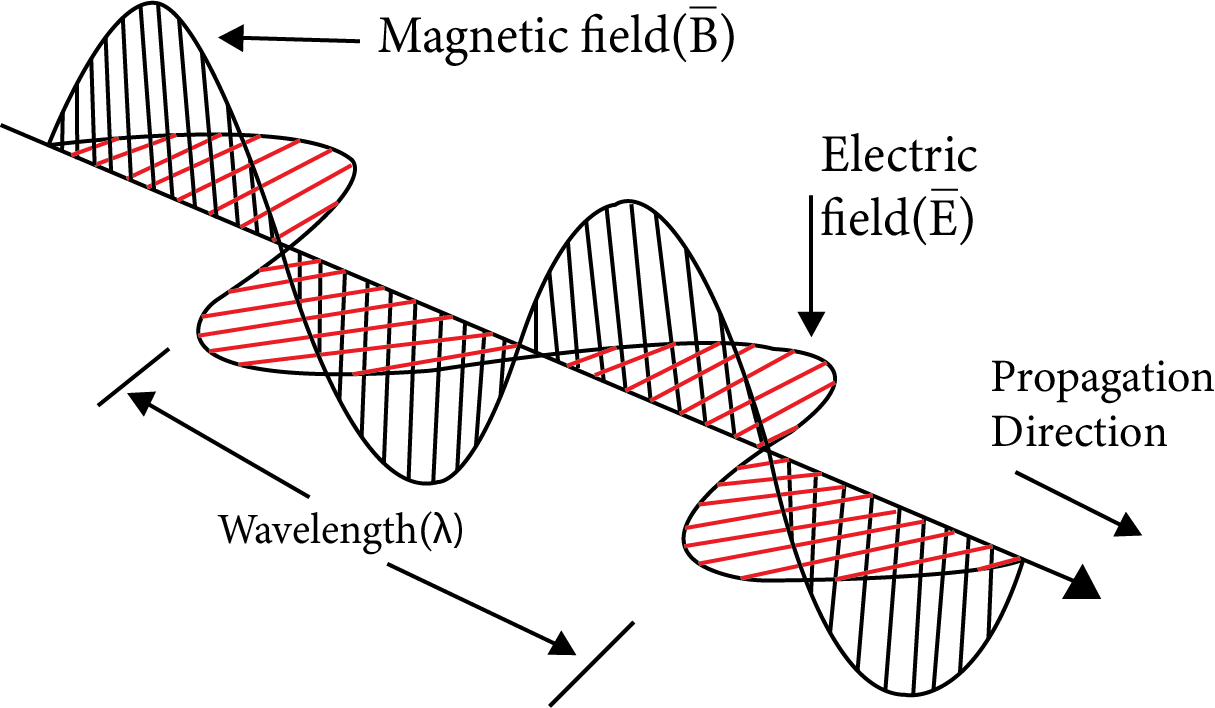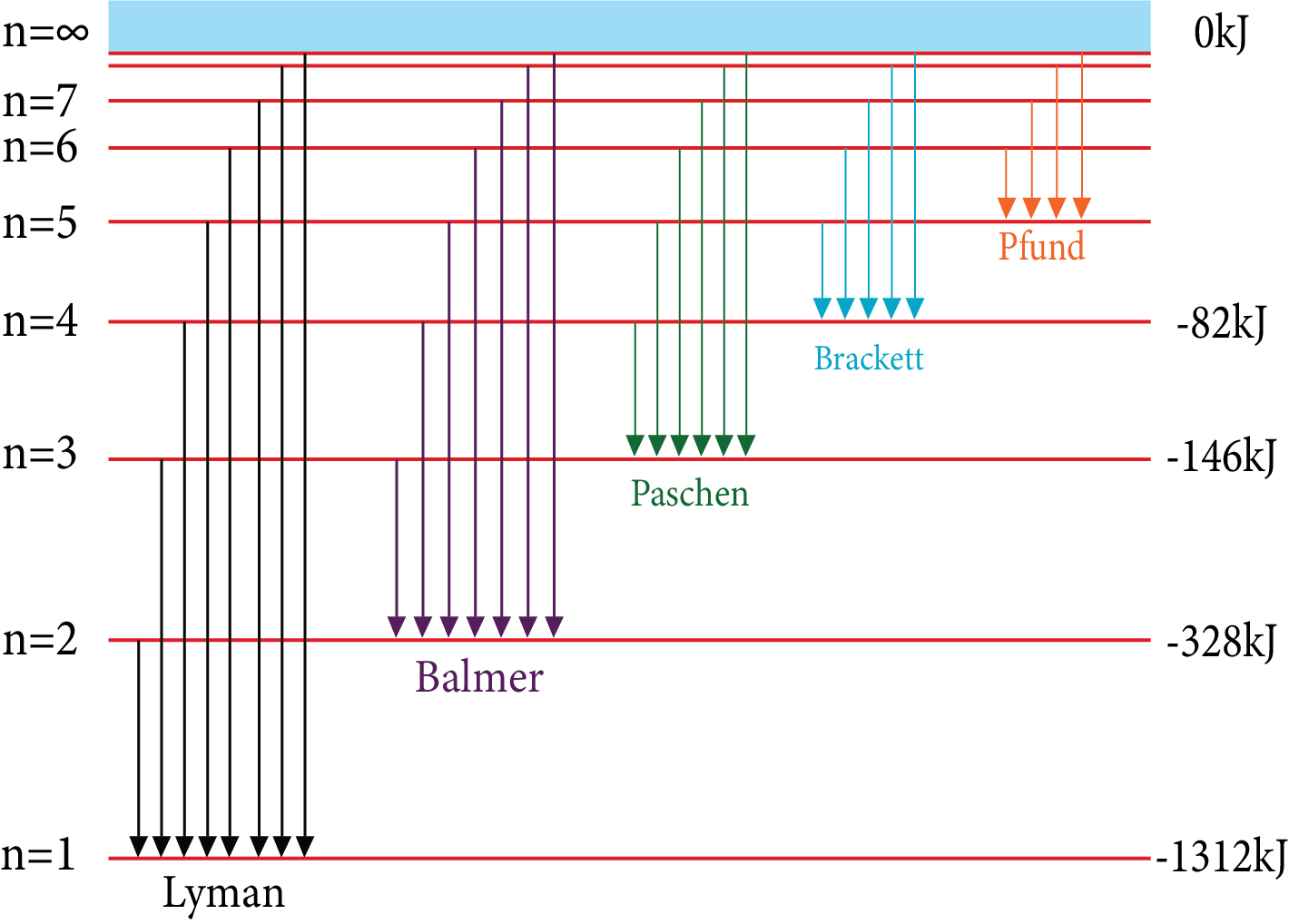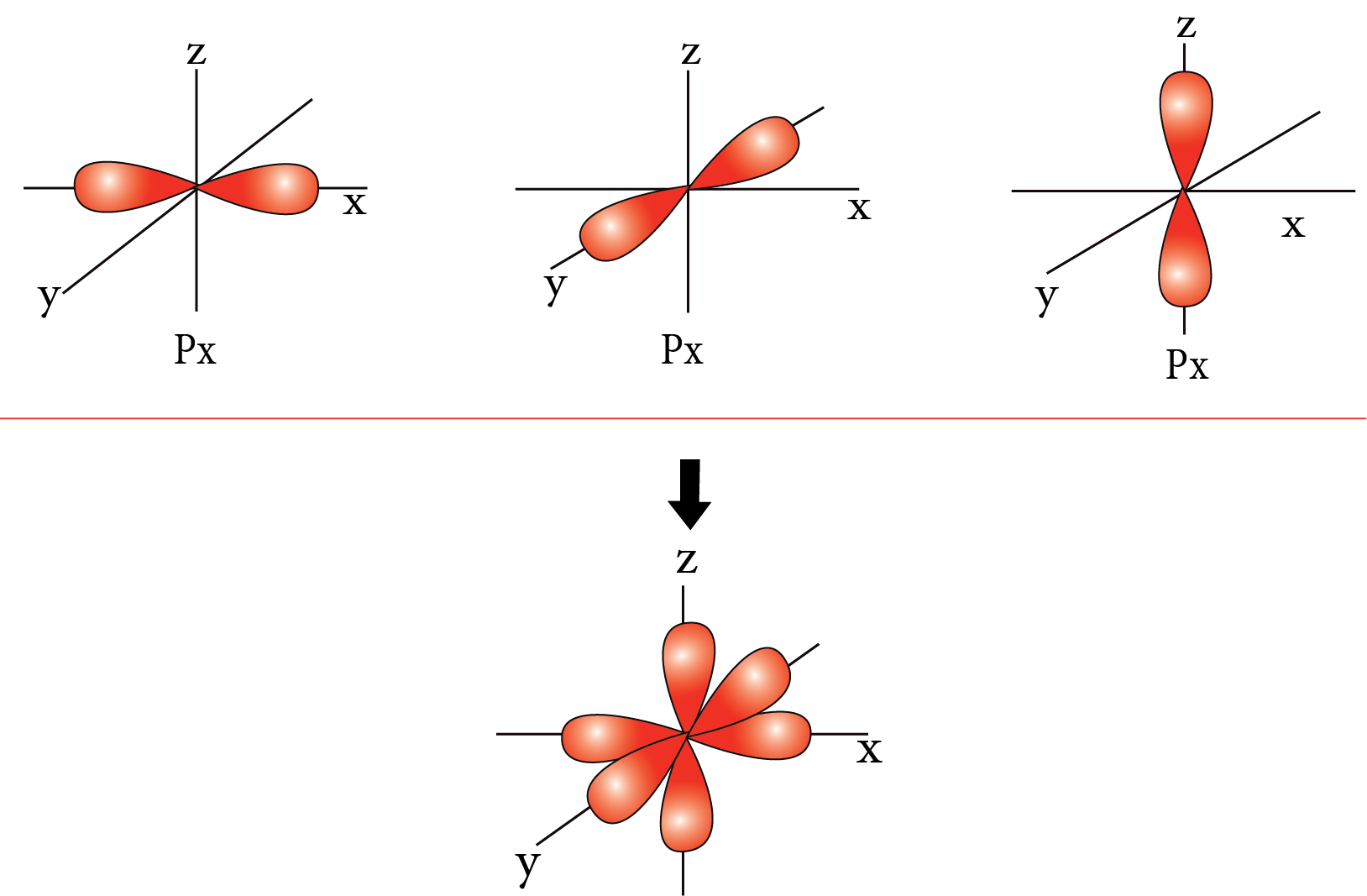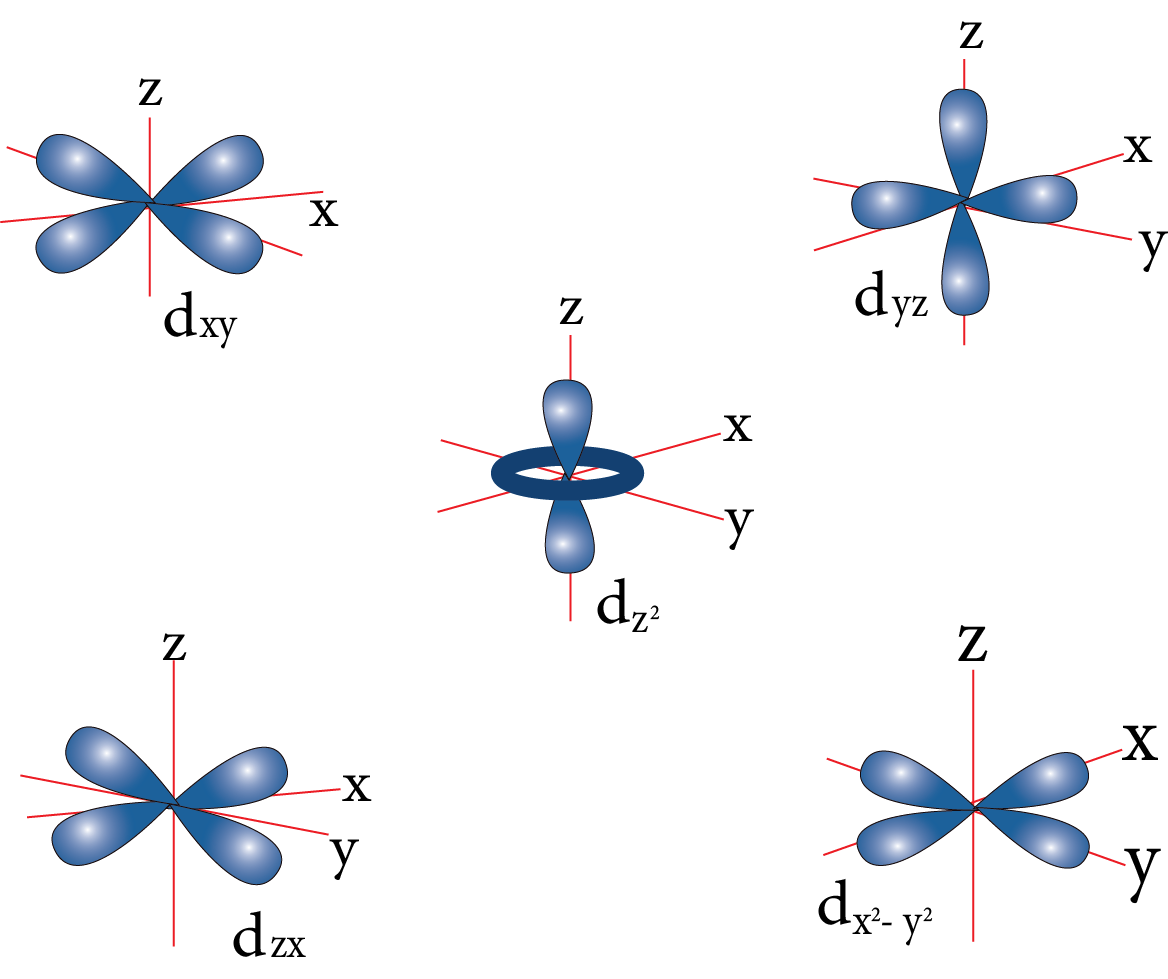JEE Advanced 2025 Atomic Structure and Chemical Bonding Revision Notes - Free PDF Download






FAQs on JEE Advanced 2025 Atomic Structure and Chemical Bonding Revision Notes
1. What are the three main types of chemical bonds?
There are three types of chemical bonds.
Ionic
Covalent
Metallic
The type of bond is decided by studying the features of the electronic configuration of two atoms.
2. How can an atom form an ion?
An atom loses or gains an electron from the outermost shell. When it gains an electron, it becomes positively charged. When it loses an electron, it becomes negatively charged.
3. Why does a covalent bond not form ions or charges in a molecule?
In a covalent bond, an atom shares electrons to form a bond and achieve the octet state. It means they complete each other’s octet states without donating or gaining an electron. This is why there is no formation of charged ions.
4. What are the conditions for the formation of ionic bonds?
The conditions for the formation of ionic bonds are high lattice energy, low ionisation energy, and high electron affinity.































